Armenian cucumbers, often referred to as snake cucumbers or yard long cucumbers, present a delightful alternative to the typical cucumber. Despite their appearance, they belong to the muskmelon family, Cucumis melo var. flexuosus, and are beloved for their crisp texture, mild sweetness, and lack of bitterness. These ancient cucumbers are particularly popular among home gardeners globally for their versatile nature and unique taste. For botanical context and cultivation considerations, read more in this University of Florida's Extension article.
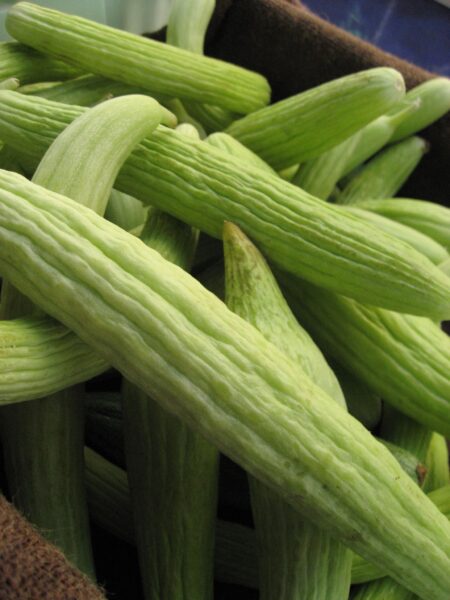
With the potential to grow up to 36 inches long, Armenian cucumbers are most flavorful when harvested at a length of 12 to 18 inches. Characterized by their light green, ribbed skin which requires no peeling, and fewer seeds than true cucumbers, they offer a refreshing taste akin to both cucumber and melon. Different varieties, like pale green, dark green, and striped, enrich garden aesthetics and provide diverse taste experiences.

Armenian cucumbers thrive in hot, dry climates, thanks to their deep-rooting nature that taps moisture from deeper soil layers. They prefer full sun exposure and need moderately fertile, well-drained soil enriched with compost or aged manure. Optimal planting conditions include a soil temperature of at least 70°F (21°C). For details on planting schedules specific to Armenian cucumbers, reference this planting guide.
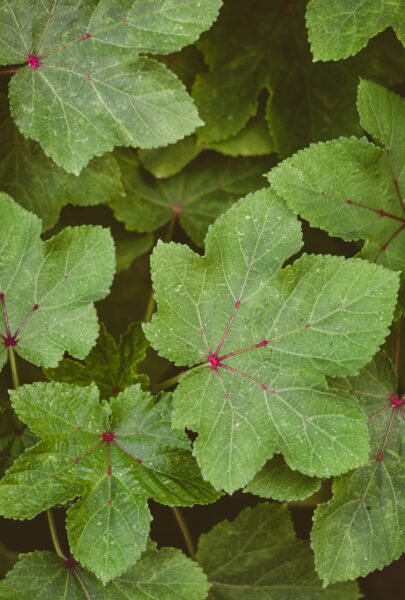
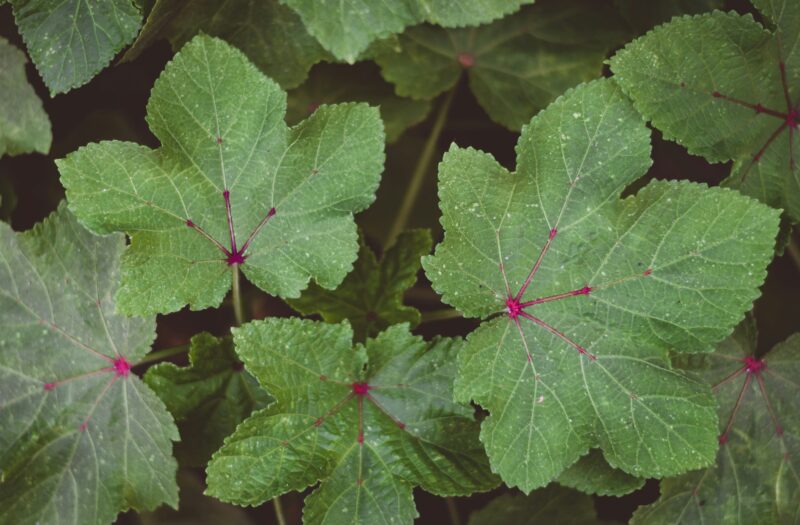
Using a trellis for Armenian cucumbers can maximize space, minimize pest and disease issues, and simplify harvesting. They can climb garden obelisks or twine in polytunnels, requiring regular checks to direct their growth. For a comprehensive planting calendar including such practices, see this downloadable resource.
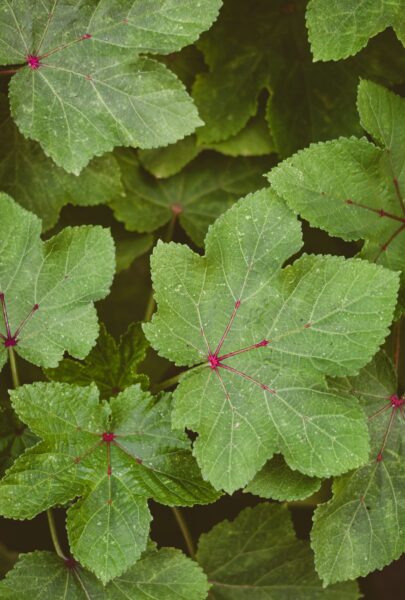
In certain regions, hand pollination might be needed. This can be done by transferring pollen from male flowers to female ones using a small brush or directly brushing male flowers over female ones.
Armenian cucumbers are suitable for container gardening at least 16 inches in diameter, making them ideal for limited spaces. Utilize high-quality potting soil enriched with compost and organic fertilizer, and regularly monitor the soil moisture due to its quicker drying in pots.

Harvest cucumbers when they reach 12-18 inches for the best flavor. Use garden snips to cut the fruit from the vine to avoid damage. Overripe fruits can hinder the development of new flowers and contain tougher flesh with more seeds.
Armenian cucumbers are versatile: they can be eaten raw in salads, blended into smoothies, or pickled. For seed saving, allow a fruit to mature fully, then harvest, wash, and dry the seeds for future use, storing them in a cool, dry place. It's essential to be aware of cross-pollination issues with related plants like melons when saving seeds to ensure genetic stability.
| Growing Aspect | Details |
|---|---|
| Soil Temperature | 70°F (21°C) or higher |
| Planting Depth | ½ inch |
| Harvest Length | 12-18 inches |
| Container Size | At least 16 inches in diameter |

Ensuring your Armenian cucumbers receive consistent moisture is pivotal, and the DIG ML50 Drip Irrigation Kit is a game-changer for home gardeners. This kit, displayed in the image as a comprehensive collection of tubing, fittings, and emitters, simplifies the watering process. Its drip system directly nurtures plant roots with minimal water waste, ensuring efficient use of resources and robust cucumber vines. Its easy setup and adaptability to raised beds turn a time-consuming chore into a seamless, automated routine, giving your garden the edge it needs for a bountiful harvest.

Embark on your gardening adventure with the Armenian Cucumber Seeds from Heirloom Botanical, guaranteed to yield lush, ribbed cucumbers that are as tasty as they are prolific. The image vividly showcases these light green, slender fruits that promise a mild, delectable flavor and a refreshing crunch. Non-GMO and heirloom, these seeds are a sustainable choice for eco-conscious gardeners. Perfect for trellises, they provide plentiful harvests ideal for salads, pickling, or fresh snacks. Elevate your garden and kitchen with these heirloom gems.
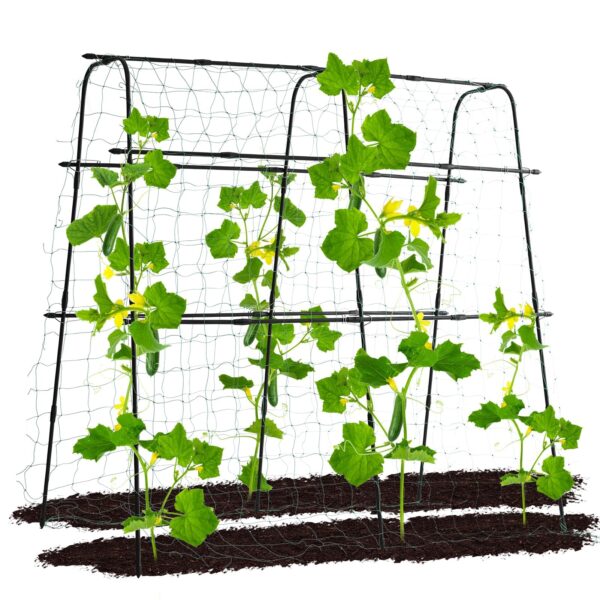
Maximize your Armenian cucumber yield with the innovative Lalahoni Cucumber Trellis. This sturdy climbing framework not only optimizes space in your garden but also facilitates air circulation and sun exposure, leading to healthier growth and easier harvesting. As seen in the image, its ample vertical support allows vines to thrive upwards, minimizing disease spread and pest infestations often associated with ground creeping. This trellis is a must-have for any gardener looking to improve their cucumber crop with practicality and style.
We hope you found this Armenian cucumber planting guide both informative and inspiring for your gardening adventures! Whether you're a seasoned gardener or just starting out, these unique fruits are sure to add a fresh twist to your garden. To explore more gardening tips and recipes or to see how other garden enthusiasts are incorporating these crisp, sweet cucumbers into their dishes, be sure to follow us on Pinterest for a feast of visual inspiration and on Instagram to see our latest garden stories. Join our vibrant community on X for lively conversations and the latest updates, or share your own tips and experiences with us on Facebook. We can't wait to connect with you and grow our gardening community together! 🌿
Armenian cucumber vines can either spread across the ground or climb a trellis. Planting them on a trellis is recommended as it maximizes garden space, encourages the cucumbers to grow straighter, keeps them cleaner, and reduces the risk of water splashes and dirt, which can lead to powdery mildew.
Cucumbers thrive in warm weather conditions. To get a head start, begin seeds indoors at the end of April for later transplantation. For direct sowing in the garden, wait until the soil has sufficiently warmed, typically by May. Employing plastic mulch and row covers can facilitate an earlier planting season.
Armenian cucumbers do not require peeling or seeding. Despite their somewhat limp appearance, they maintain a crisp texture when sliced. The fragrant aroma immediately invites you to taste them, and their flavor will not disappoint.
Armenian cucumbers should be cultivated similarly to other cucumbers, and they are capable of cross-pollinating with other melons within the Cucumis melo family. Gardeners usually have strong preferences regarding Armenian cucumbers; some enjoy them immensely, while others do not, often because they're picked when they have grown too large.
